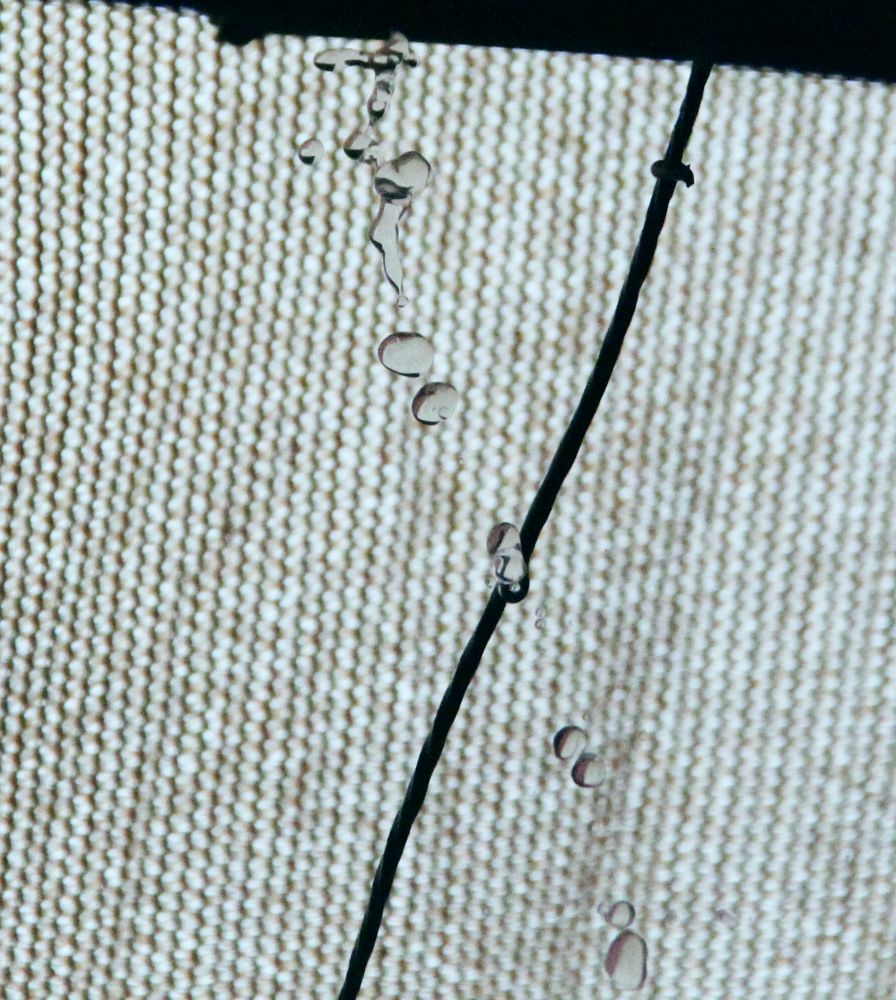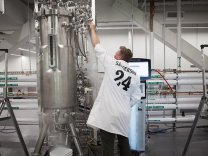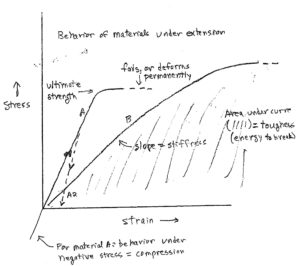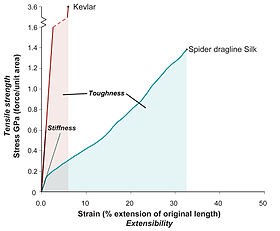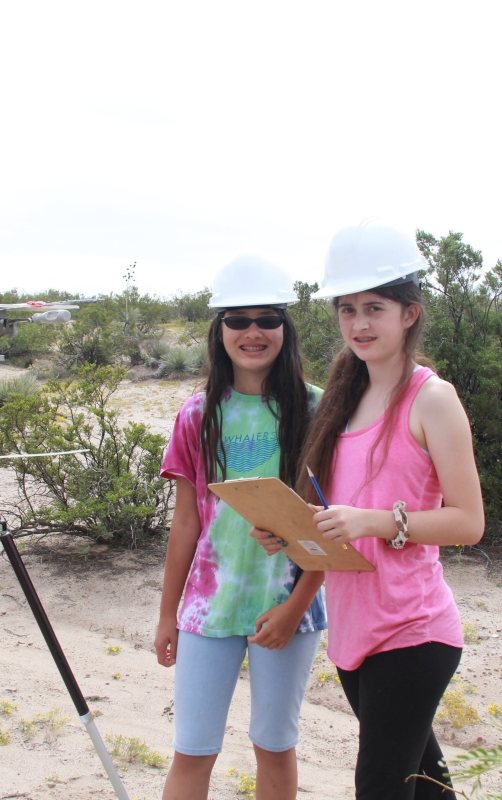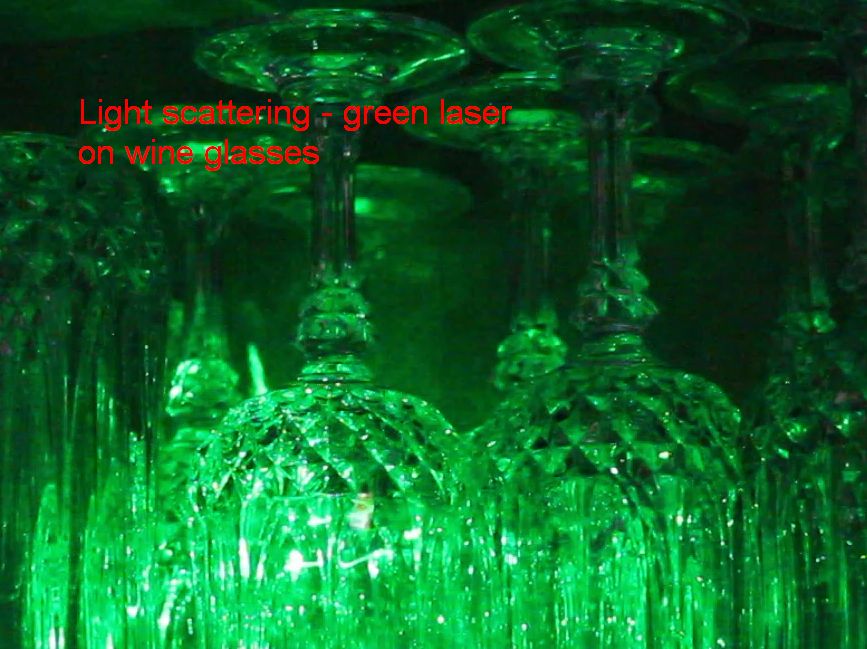Neil deGrasse Tyson is one of my favorite persons. I imagine myself at times traveling with him, John Oliver, and Bill Bryson. Still, we all put out some stuff that needs comments or corrections. I just went through Star Talk with Neil deGrasse Tyson, Abridged Edition (National Geographic, 2016). He had co-authors and editors, so I don’t know who wrote or edited individual items, but here are my notes:
p. 56, about life possibly originating on Mars and being transported to Earth on tektites blasted off the Martian surface by an impactor. Others have proposed this, too. Several ideas militate against this. First, as Neil (may I use his first name?) admits, live organisms surviving the intense heat and shock of both exiting Mars and landing on Earth is extremely problematic. Second, the idea that Mars was warm and wet before Earth has less and less support. The evidence for water on Mars is, well, evaporating in favor of sand having sculpted features. Third, the whole idea violates Occam’s Razor, which is that the simplest explanation is favored over all complex ones, in the absence of strong evidence to the contrary.
p. 57, that life needs a steady heat source, water, and a critical set of chemicals. This is wholly inadequate. I outline what keeps Earth friendly to life in another essay. The most egregious error here is the claim that life can use heat, not just to keep water liquid, but as an energy source. No! Organisms have to perform biochemical reactions of high energy, several electron-volts’ worth in common terminology (e.g., 1.8 eV for photosynthesis). Thermal sources in the physiological temperature range are far, far too low in energy, only several percent as large. The “tail” of the energy distribution, in the eV range, is vanishingly small for thermal sources. Some physical chemistry or chemical physics needs to be accounted here.
p. 96, about heavy water (D2O) not being toxic, only slowing a host of biochemical reactions. Sure, the isotope effect on chemical reactions is well understood (the zero-point energy of chemical bonds with heavier atoms is lower, making more energy needed to break bonds for chemical reactions), and the effect on rates is rather modest, in most cases. However, animals from flatworms to mammals die when a large fraction of their ordinary protium (hydrogen) is replaced by deuterium. In mammals, bone marrow and intestinal functions are changed, lethally. Humans have only been exposed to minor amounts of D2O and then survived.
p. 97, a positive note from me: the profligacy of making and disposing of plastic bottles, especially for water. I may add that tap water is purer than many bottled waters, as analyses have shown! Bottled water is, by and large, a tax on ignorance. I did verify the calculations about barrels of oil used and number of cars that could be fueled.
p. 99, on water consumed for electric power generation: The only water mentioned her is the steam in the turbines….but water in the turbines is consumed very infrequently; mostly, it’s recirculated, unlike that in old steam locomotives. The major use of water in electric power generation in thermal power plants (still our biggest source, vs. photovoltaics and wind turbines and hydropower) is in cooling the recirculating water. I have an essay on that, in which I also debunk the idea that 40% of our water supply is consumed in power plants. There are two types of cooling using water – towers that vent evaporating water, which are true water consumers, and once-through flow of water with rejection of warmed water to streams and other bodies of water. The warmed water evaporates more than in its original, cooler state, but only to the extent of about 8% of the passed-through water or 3% or so of total water use. We should publish more accurate accounting about power generation.
p. 116, on planting more trees to take up (sequester) carbon from the air and reduce climate change from the business-as-usual scenario (which is horrifying!). The author of this text points out some caveats, about losing competing plants and inviting more diseases and pests in big monocultures. A bigger issue, for me, is water use. Plants transpire (lose) several hundred molecules of water for each molecule of CO2 taken up…and that’s inflated by the need to maintain tissues and regrow some tissues. One must also consider that most plant biomass decomposes back to CO2 and other products unless it gets buried well or charred – that’s a lot of work. Another caveat is that standing biomass, not buried, that we might grow adds up to only about 2 years of CO2 emissions, ever – I’m grateful to Rob Jackson, now at Stanford, for the quantification. The author(s) of this page rightly point out that more trees is only one part of the solution to climate change, one “wedge.”
p. 117, showing an electric car with a photovoltaic panel on the roof. This is misleading about how much PV area we need, for cars or any other power usage. Covering, say, half the top area of a car with modern panels, about 6 square meters, would provide around 1.2 kW at peak or around 8 kWh over a clear day, maybe 1600 kWh over a year with average weather. A typical small car used for 15,000 miles of driving a year. At the normal mix of speeds, it might run at 20 hp or 15 kW for 400 hours to cover those 15,000 miles. That means it uses 6000 kWh. Panels on cars don’t make it.
p. 128, bottom, about most oil having come from (decomposed and heat-processed) vegetation. Let’s say that most of it came from plankton in water bodies, especially oceans. Modern taxonomy has these organisms very distinct from vegetation, taken as meaning green higher plants.
p. 129, Elon Musk’s quote about digital intelligence taking over. Musk is a smart person, but his scenario doesn’t ring true to me. Sure, AI and robotics are increasingly used to replace humans for economic reasons and with great economic consequences for humans. However, live organisms make themselves, remake themselves constantly (we turn over all the elements in our body over our lifetime, some of them frequently). Robots would need supplies of metals, the refining of semiconductor elements (silicon, e.g.), the ability to put together economic systems, and much more. I’m worried about corporate and governmental use of AI and robotics, not autonomous self-reproducing robots.
p. 130, on cyanobacteria producing free oxygen as an atmospheric poison to other existing life forms 2.2 billion years ago, all anaerobes poorly tolerating oxygen of finding it lethal. The biggest part of the threat that cyanobacteria and their O2 production posed to other life forms was creating Snowball Earth. The oxygen oxidized methane that massively dominated over CO2 in the early atmosphere. This severely reduced the methane greenhouse effect, which is more potent that the greenhouse effect from an equivalent amount of CO2. At that time in Earth’s history, the Sun’s output was as low as 70% of current levels; only a methane greenhouse effect kept the Earth warm enough to be largely ice-free. When the methane got oxidized, the Earth’s surface froze over almost entirely, as shown by many pieces of evidence, including drop stones from glaciers being found all over the Earth at that time, now buried for “reading” in sedimentary rocks of that age.
Did free oxygen accumulate in high-enough concentration to be itself a threat to other, anaerobic life forms? I wasn’t there, but here’s a hypothesis, that O2 reached moderate concentrations only locally. There were many geographic niches by depth and lat/long for anaerobes. In general, O2 levels remained very, very low, because there were many other “users” of oxygen that scarfed it up even at those low levels. I’d point to the ferrous iron that was in the then-green oceans and that precipitated out in highly insoluble ferric iron compounds as it got oxidized. It formed the red bands that ae so thick and so striking – visit the Grand Canyon to see them. Methane itself was another “sink” for O2, though one has to guess how it reacted at low levels of O2; catalytic sites might have helped.
p. 131, on solar flares threatening operations in our modern civilization. I’d elaborate on this. Taking out the electric grid in the US for more than several months would cause massive death. Most people live in cities far from farms; little food would be reaching them with transportation stymied by a low level of fuel-pumping capacity for vehicles, plus a near absence of financial transaction capacity, and more. The same factors affect the ability to grow food on farms, where much fossil fuel and electricity is used. Severe fuel shortages also would prevent most people from migrating to food sources. And so on. Keep that electric grid up! Don’t fail to protect it from solar flares, cyberwar, and plain old wearing out.
p. 139, on vegans doing better nutritionally in nonindustrialized countries. The author attributes better nutrition there to contamination with insect carcasses as protein sources. That’s a minor factor; while protein is in short supply in many countries, it’s pure calories that are in even shorter supply. I point, instead, to microbial contamination as the benefit. Only microbes make vitamin B12. Really clean vegetable matter lacks vitamin B12, which we need but plants don’t. Mix in some dirt!
p. 149, on visual thinking done by people, notably Dr. Temple Grandin, who is autistic. I am impressed by her abilities. On the other hand, I am sad at having seen so many university students who have severely limited abilities to think in words while claiming to be visual learners. Tell me how you can reason by putting images together.
pp. 166 ff., Section Four, about science fiction, including so much on zombies and aliens. It may attract some readers, but I find it rather pandering to pop culture and attendant anti-intellectualism. Sigh.
pp. 198, 199, which I laud, on unrealism in many movies about space. Yes, let’s keep up the critical thinking!
The End



